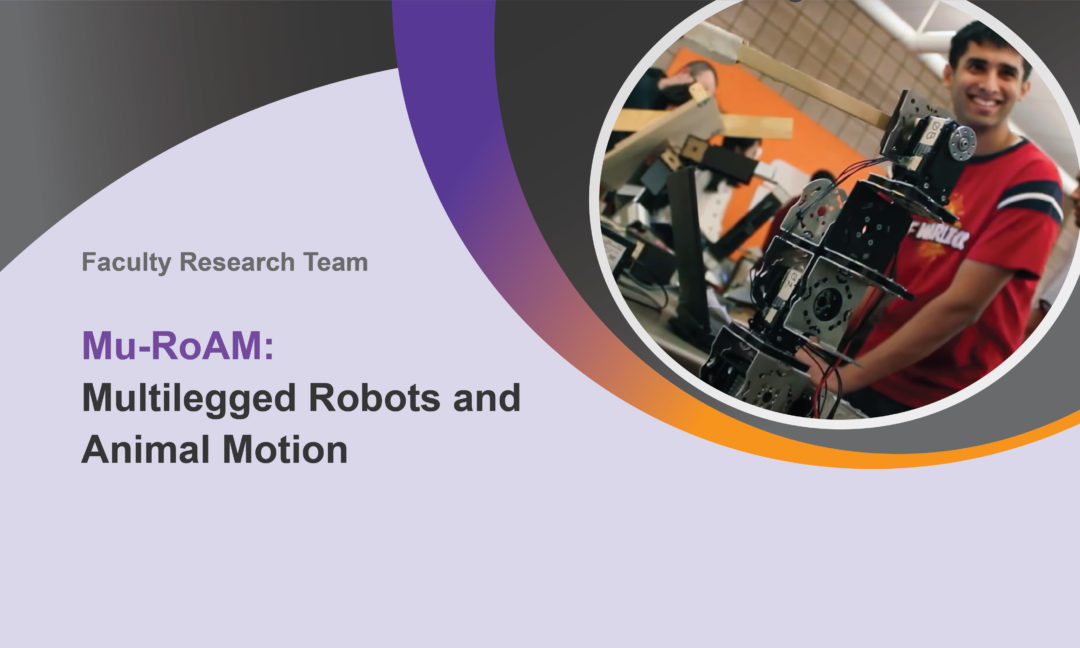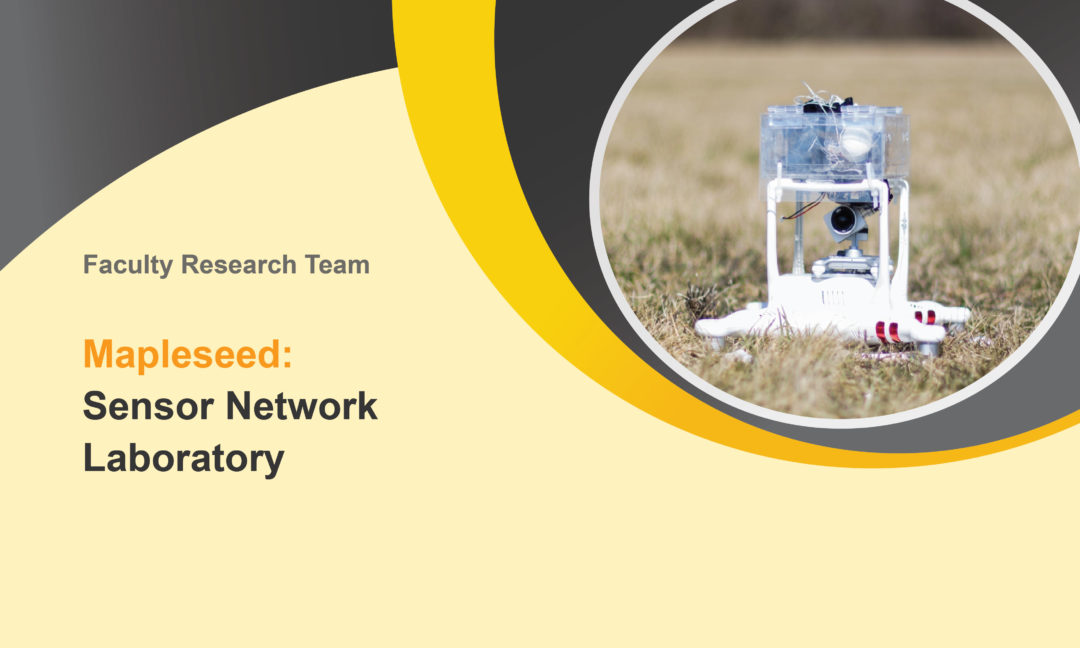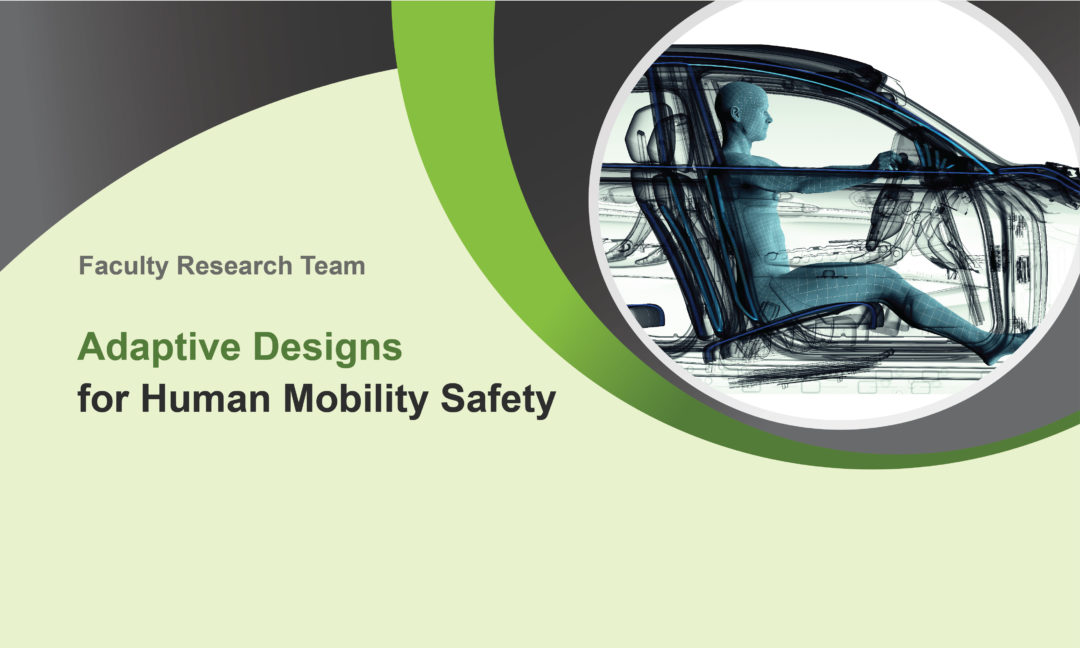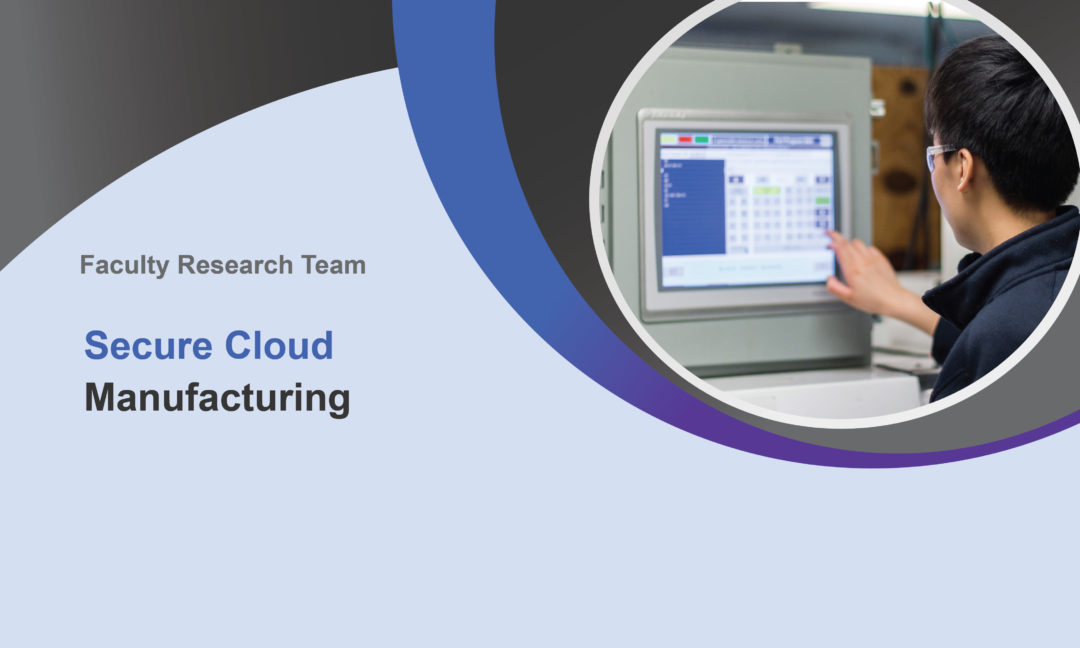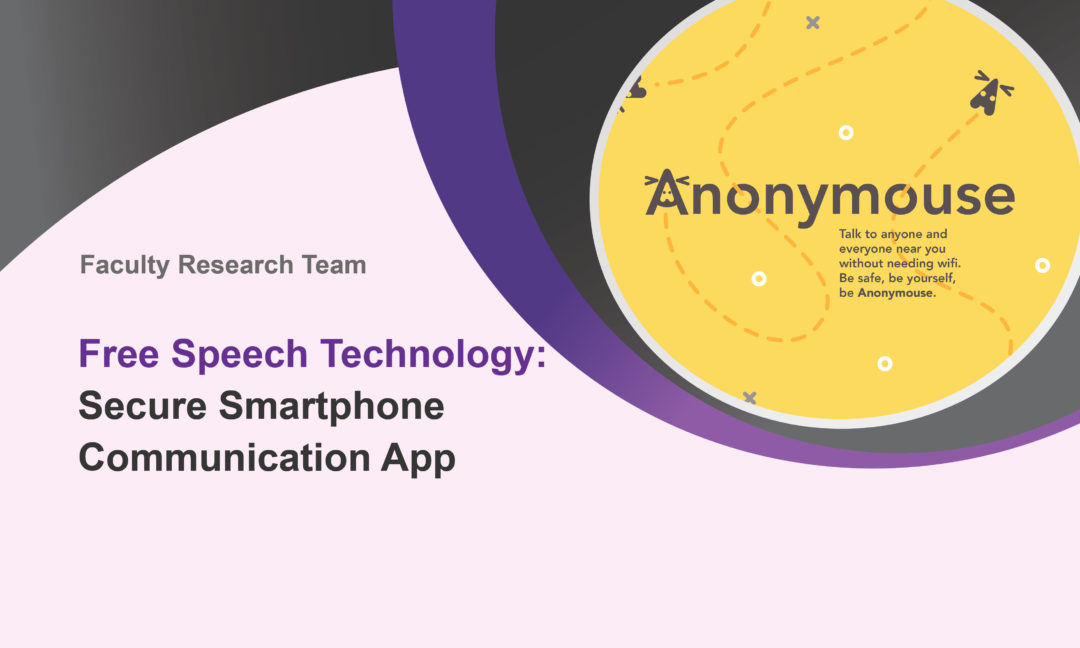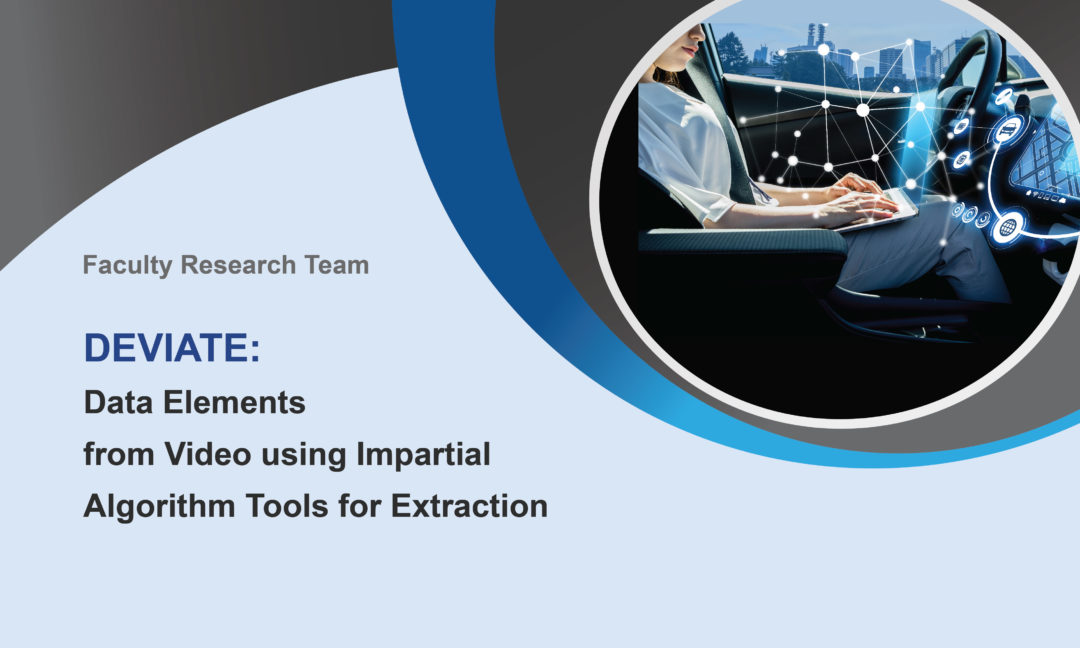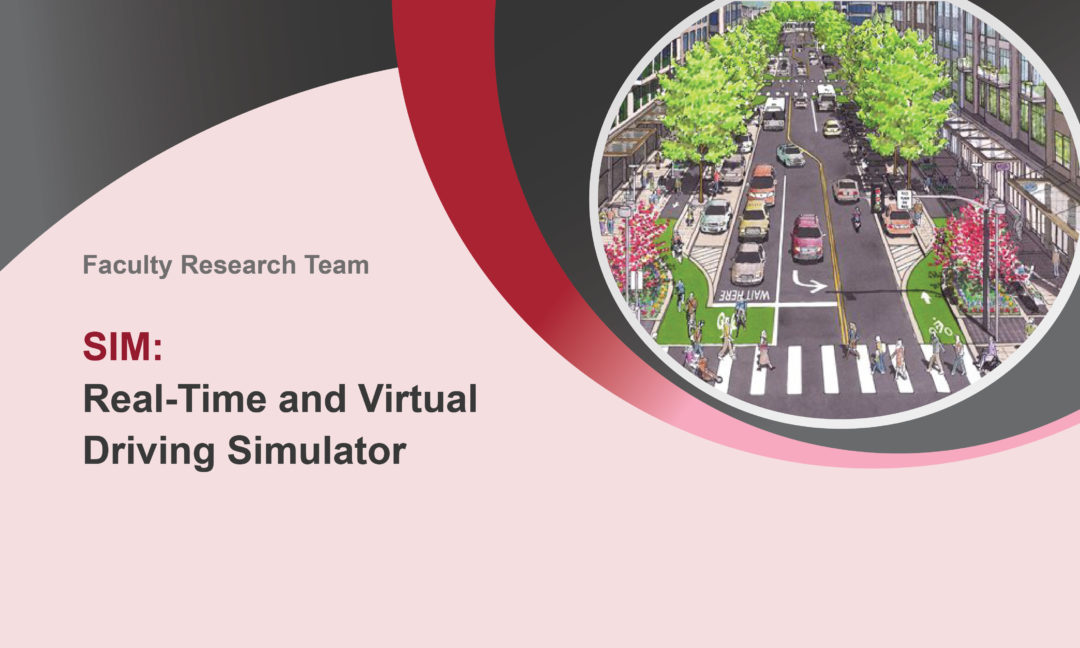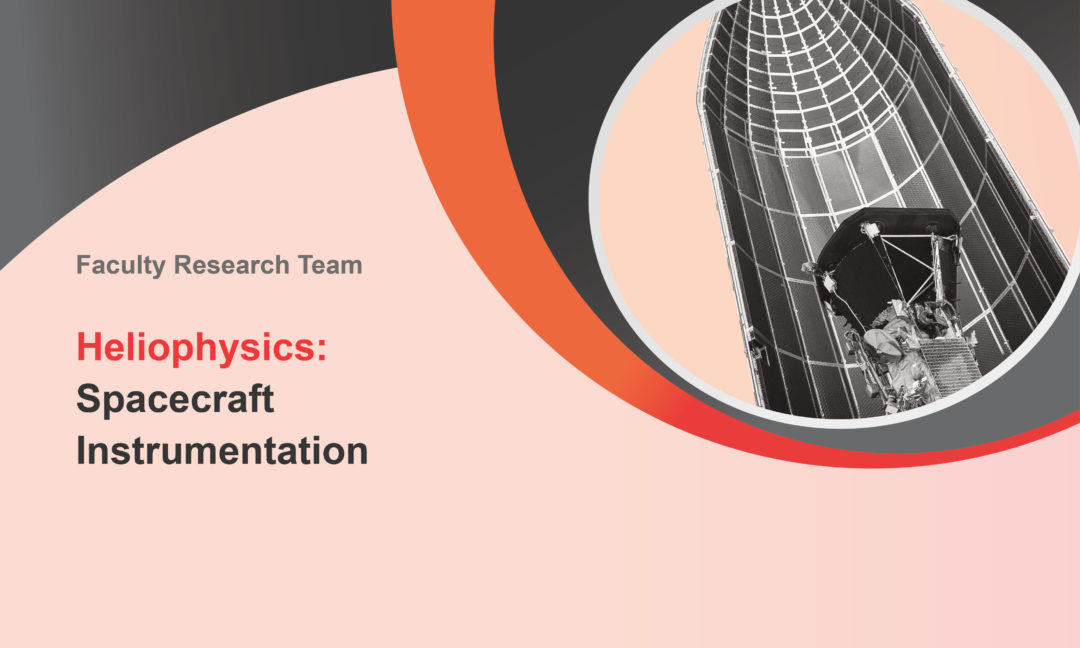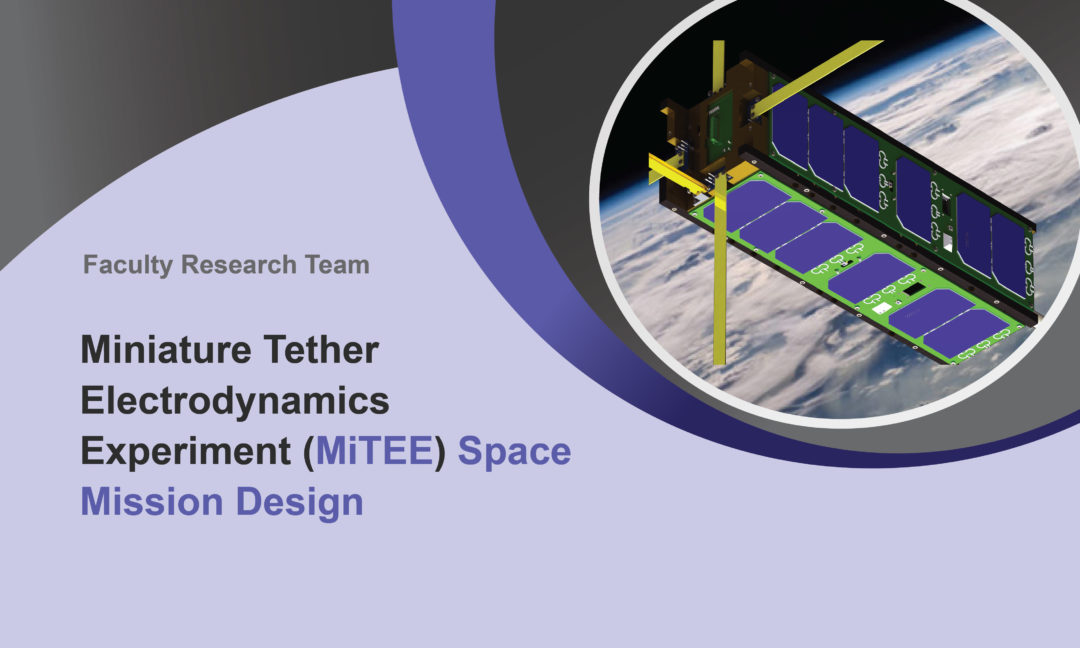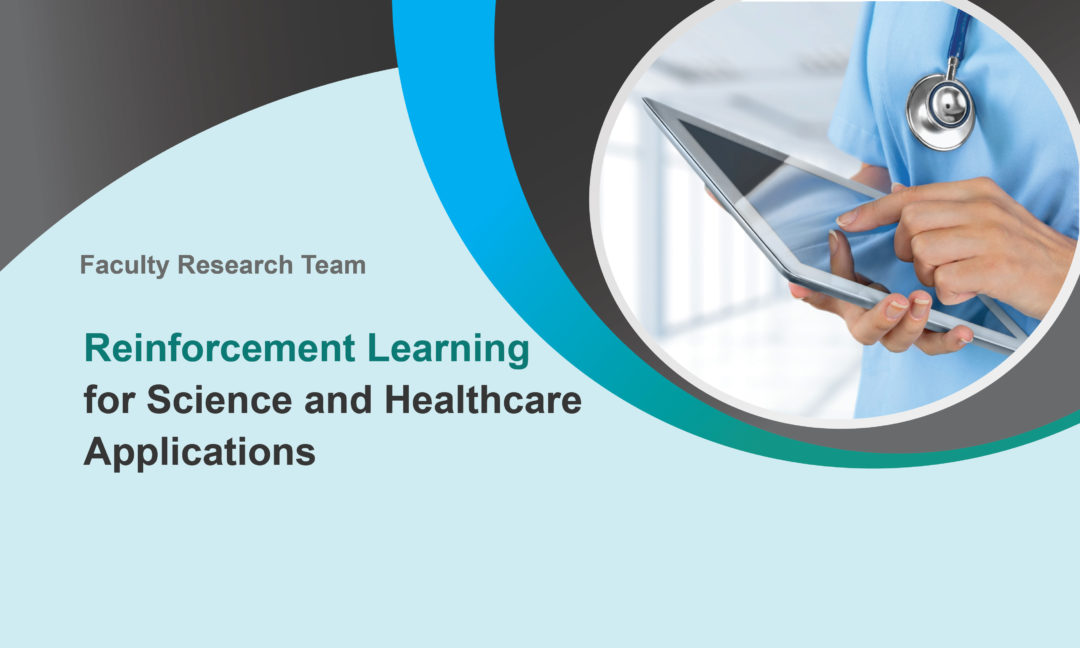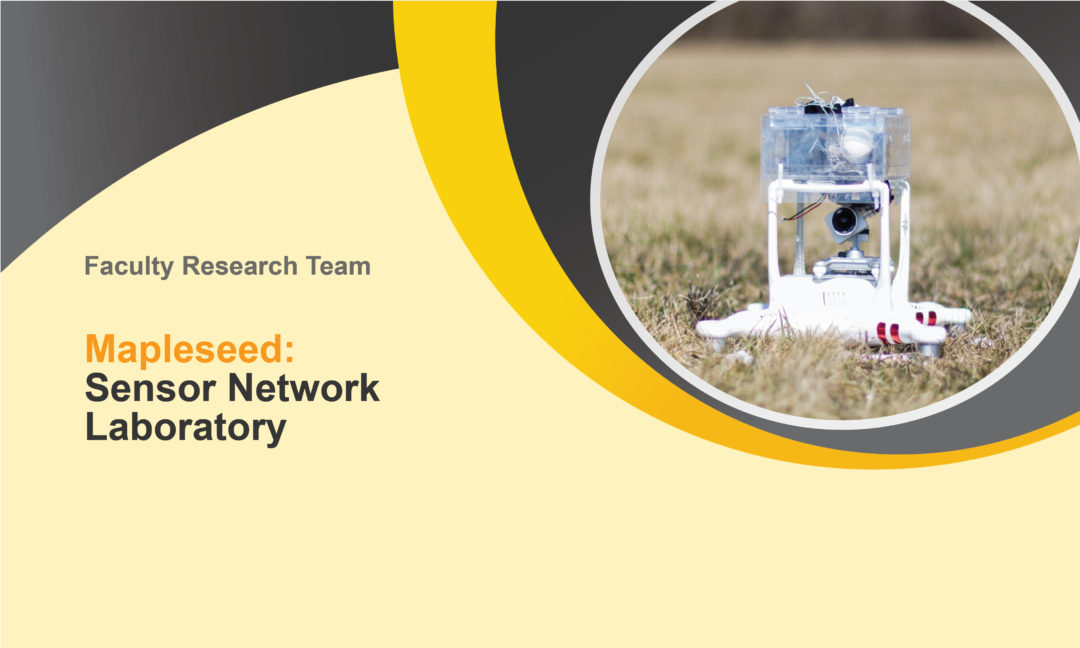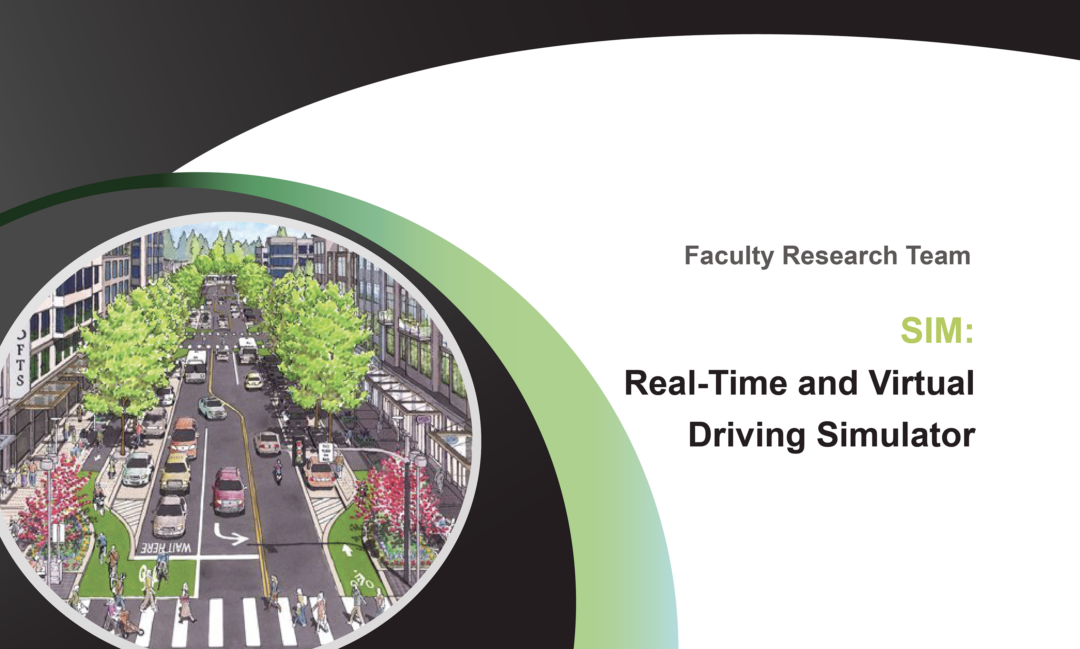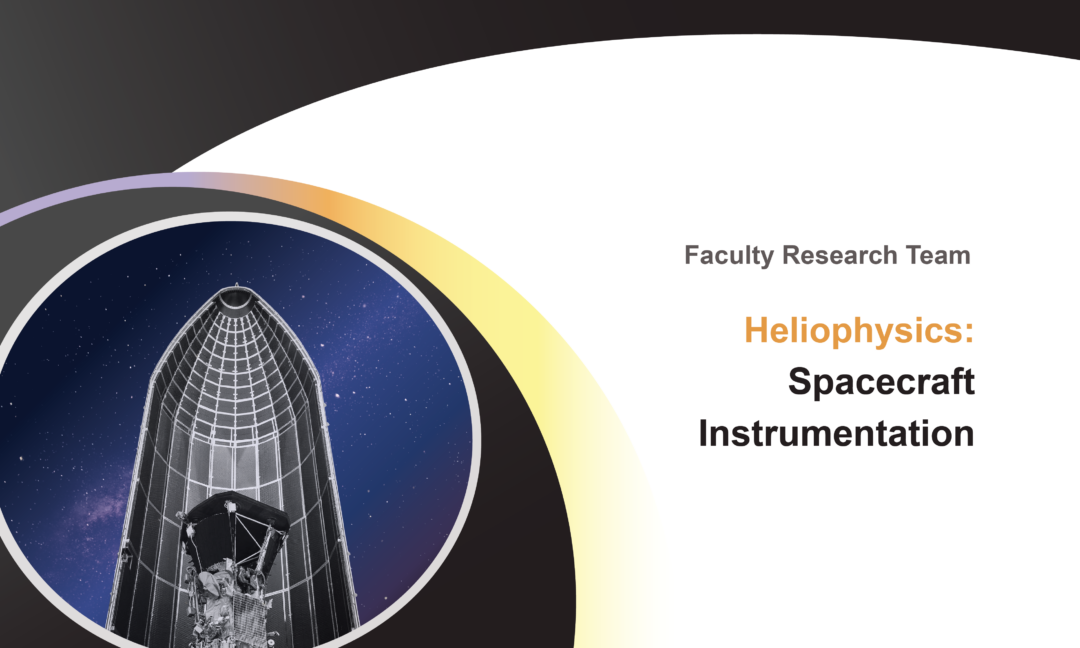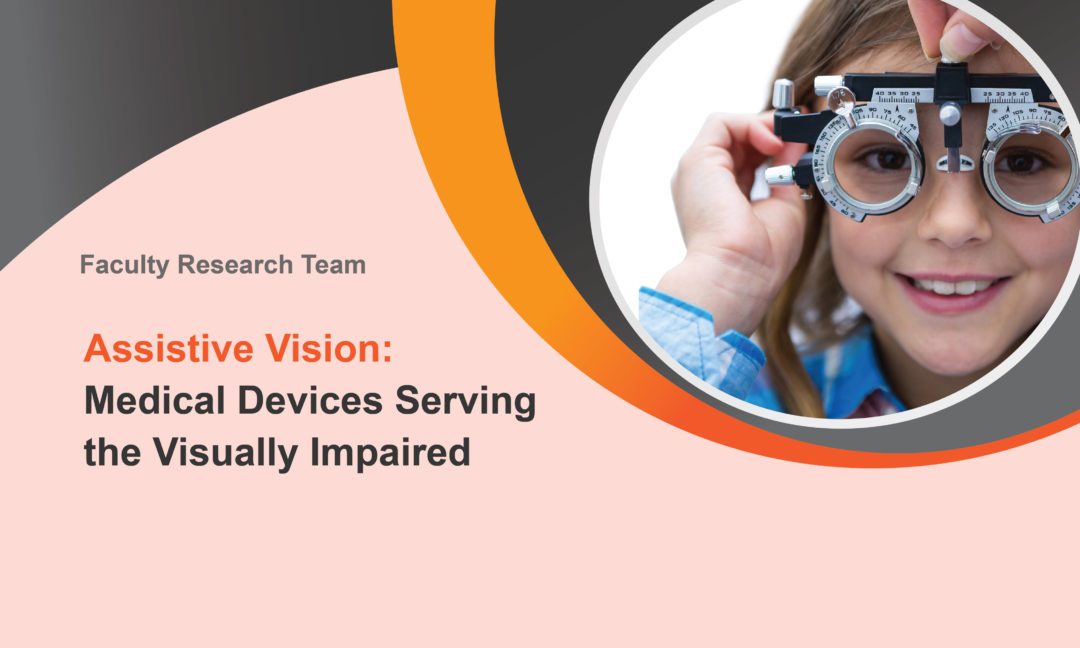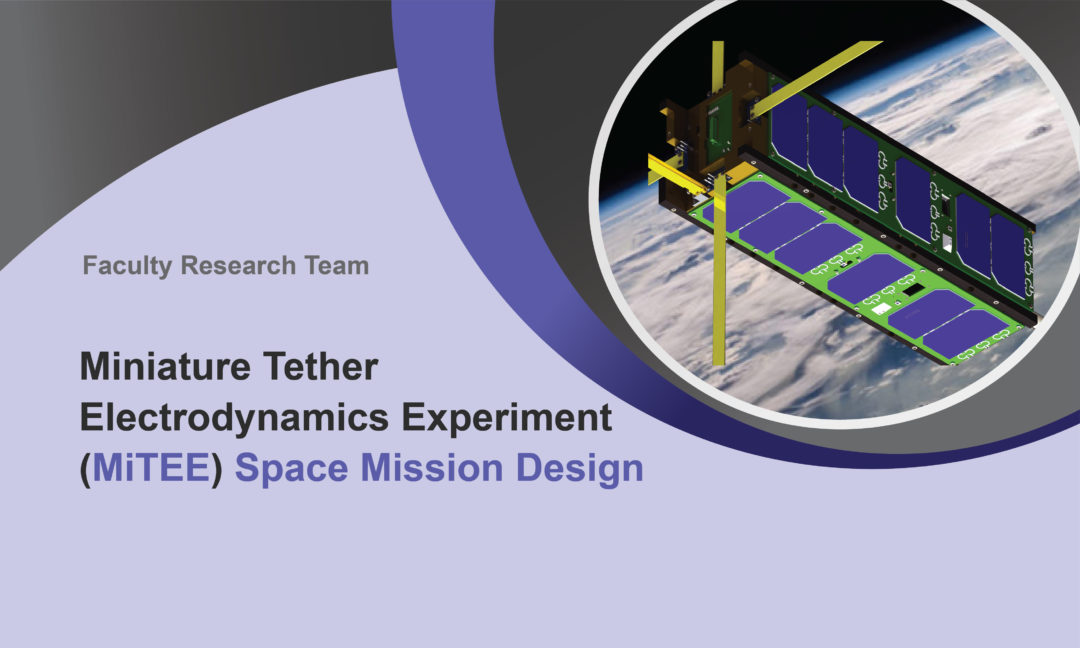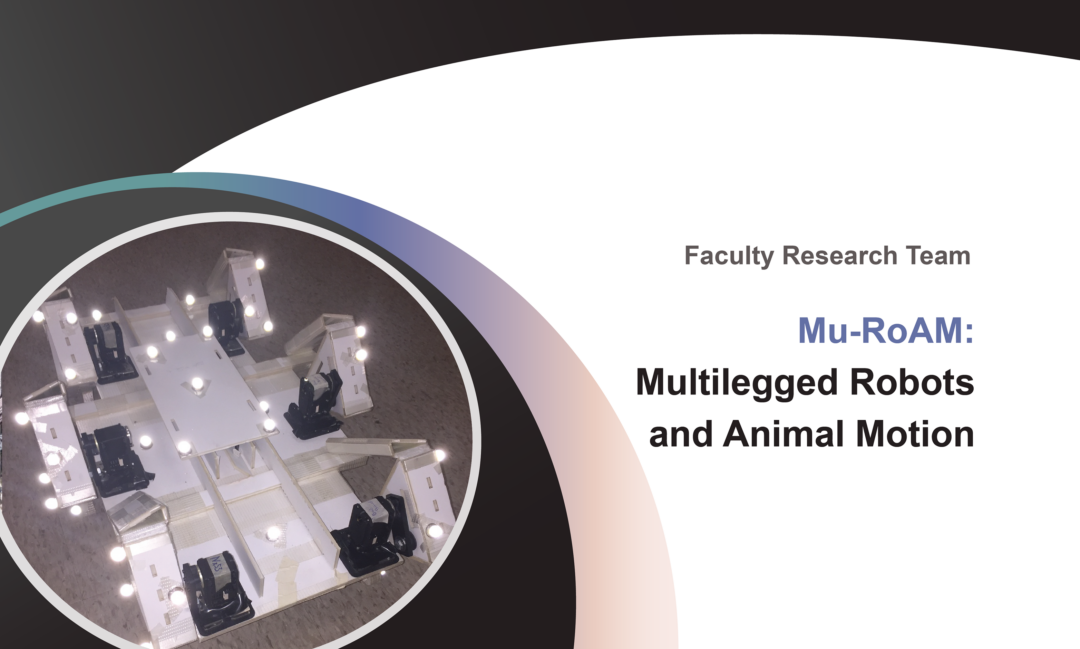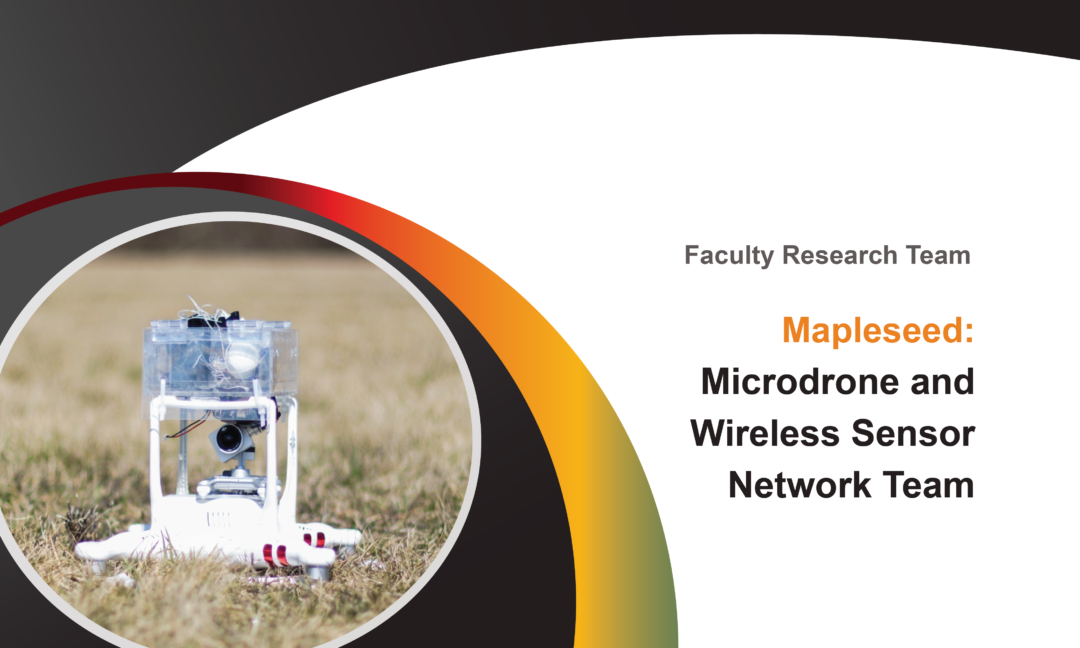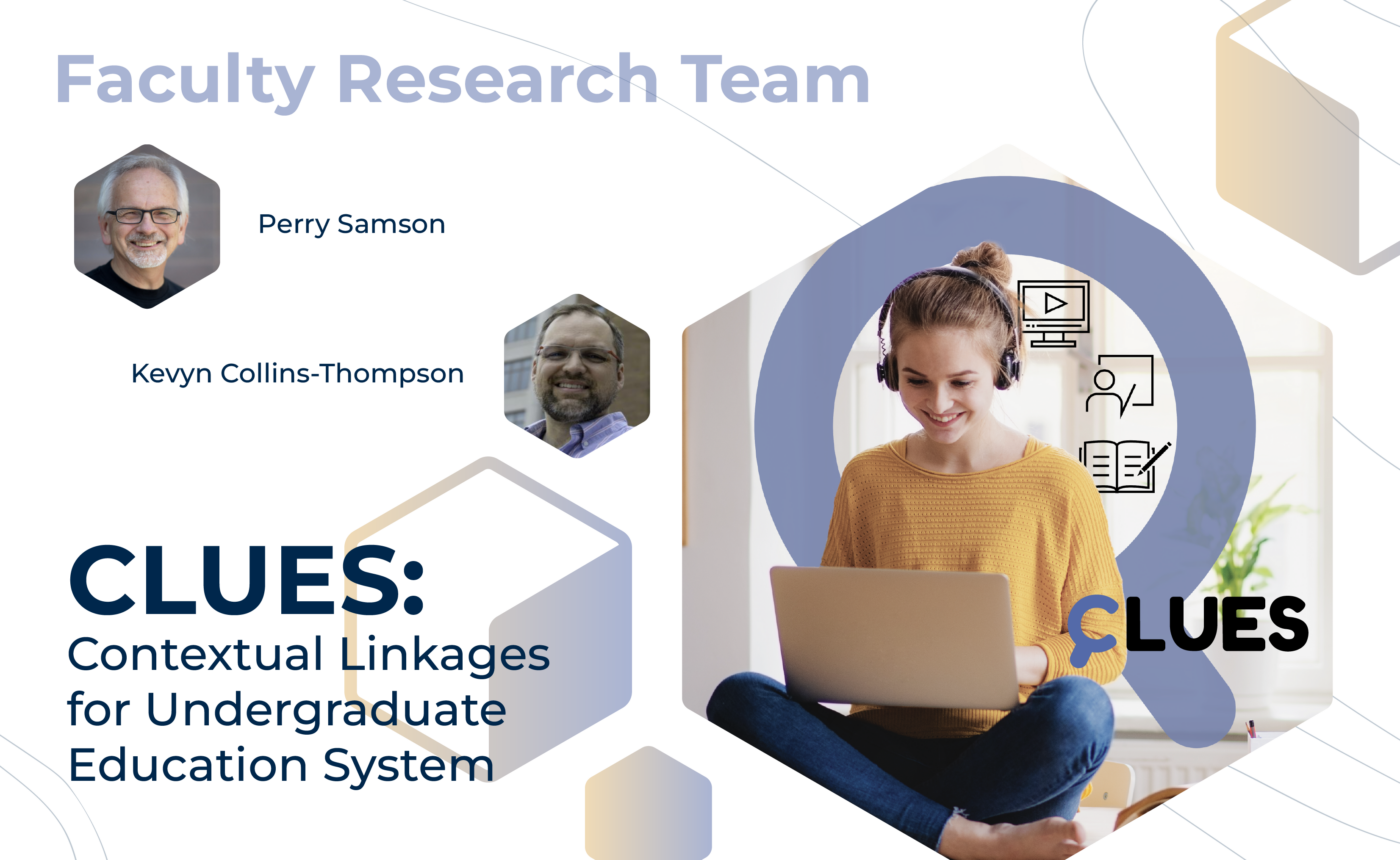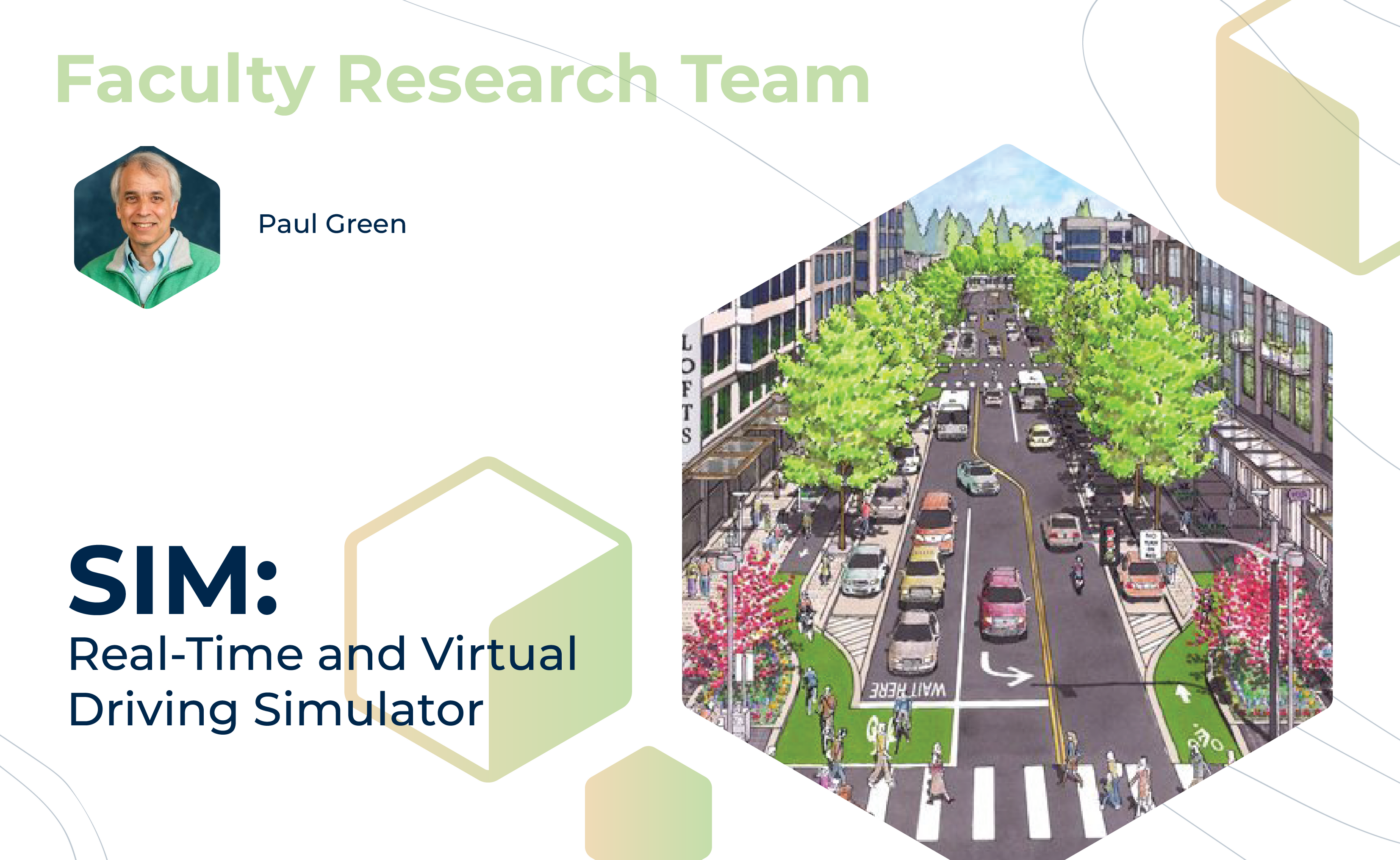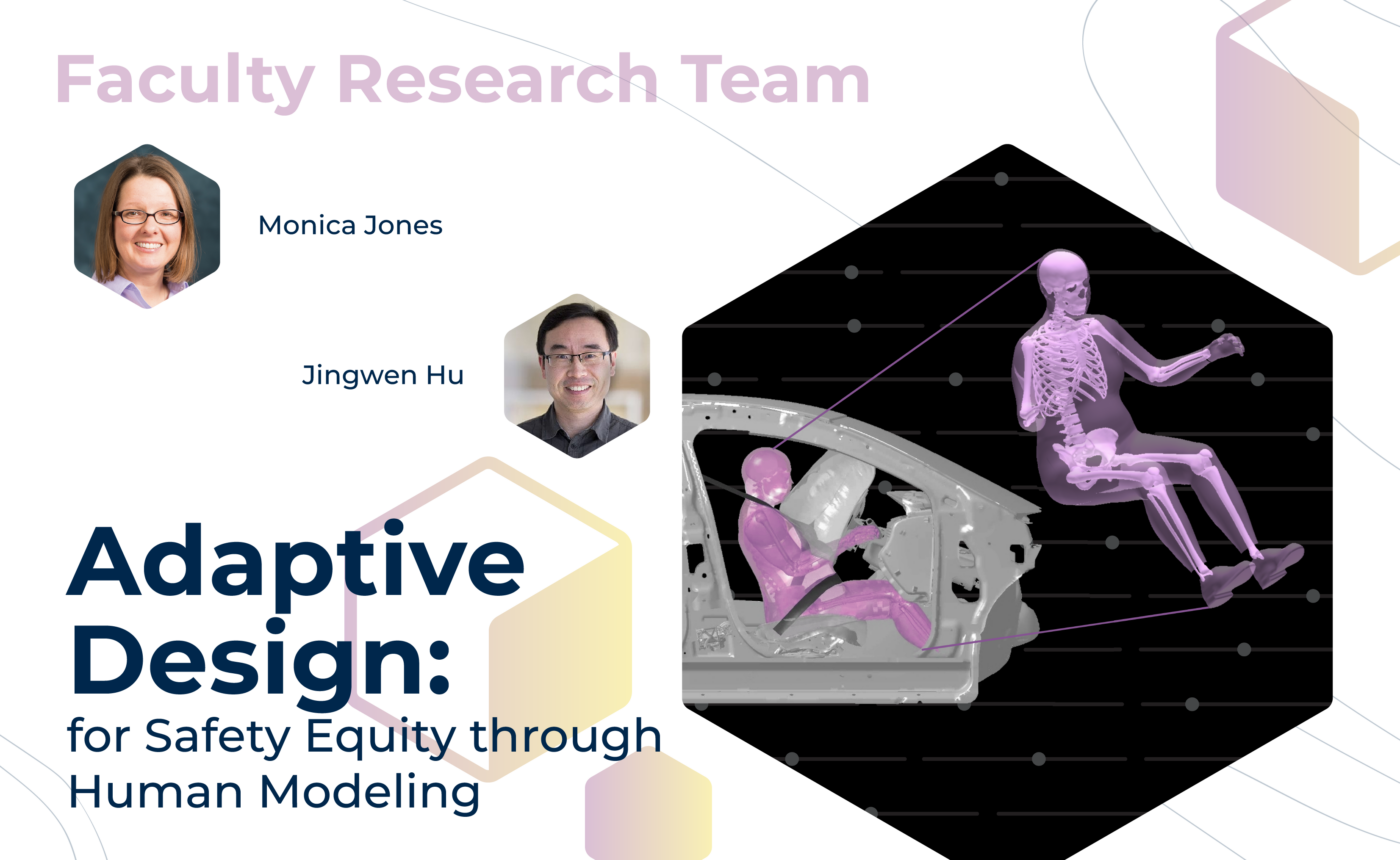– Clear
Researchers at the University of Michigan Transportation Research Institute (UMTRI) have been improving accident impact simulations by broadening the types of body sizes and shapes considered. Students will develop parametric human body models that are capable of testing wide ranges of body sizes, types, and shapes to help create better adaptive and personalized designs for human safety and mobility.
This faculty research team is designing a secure microblogging app, called Anonymouse, for smartphones in infrastructure-less environments without cellular or wifi service. Anonymouse is designed to support free speech by preventing blocking, censorship, and surveillance. Marketing, user experience, and communication technology development all play major roles in the project.
The Statistics Online Computational Resource (SOCR) is an online platform including web-services and advanced methods and tools in probability, statistics, and machine learning in the health sector. This team will develop an enhanced analysis and visualization toolbox with an emphasis on “Big Data” - very large datasets that are difficult to analyze and interpret in meaningful ways with basic probability and statistical methods.
This faculty research team presents a chance to join an exciting research group that designs sensors for spacecraft that explore extreme environments in space from the surface of the Sun to the outer edges of the solar system. We will design and test a Faraday cup to further our understanding of the Sun.
This faculty research team is designing a nanospacecraft and operating a space mission that will explore the feasibility of a novel propulsion technology – miniature electrodynamic tethers – as propellant-less propulsion to new classes of very small satellites known as picosats and femtosats. Students will create a spacecraft with an operational ED tether for the first experimental testing of propellantless operation in space.
Reinforcement learning (RL) is a subfield of machine learning concerned with sequential decision making under uncertainty. In the past decade, RL has seen breakthroughs in game domains (such as AlphaGO and AlphaStar). However, applying RL to real-world applications is still challenging due to the requirement of online interaction and its susceptibility to distribution shift.
The Statistics Online Computational Resource (SOCR) is an online platform including web-services and advanced methods in probability, statistics, and machine learning in the health sector. This team will develop an enhanced analysis and visualization toolbox with an emphasis on “Big Data” - very large datasets that are difficult to analyze and interpret in meaningful ways with basic probability and statistical methods.
Researchers at the University of Michigan Transportation Research Institute (UMTRI) have been improving accident impact simulations by broadening the types of body sizes and shapes considered. Students will develop parametric human body models that are capable of testing wide ranges of body sizes, types, and shapes to help create better adaptive and personalized designs for human safety and mobility.
This faculty research team is designing a nanospacecraft and operating a space mission that will explore the feasibility of a novel propulsion technology – miniature electrodynamic tethers – as propellant-less propulsion to new classes of very small satellites known as picosats and femtosats. Students will create a spacecraft with an operational ED tether for the first experimental testing of propellantless operation in space.
The Heliophysics team is designing a ground radio prototype and data analysis pipeline to detect radio bursts from extreme space weather in collaboration with NASA’s SunRISE mission, which will send up a space-based array composed of 6 small satellites to Earth orbit to image the lowest frequency radio bursts for the first time.
Wireless sensor networks (WSN) are needed for studying Earth’s climate and for real time monitoring of the spread of viruses or pathogens such as those related to Covid-19. The Mapleseed team aims to develop miniaturized robotic vehicles (e.g., microdrones, mini-airplanes, and rovers) capable of carrying various sensors and automatically measuring certain atmospheric parameters and particle/virus concentrations in targeted spaces.
The CLUES Project uses artificial intelligence methods to index both what was said and visually presented in class sessions. Through this innovation an unprecedented data set is being created that identifies the knowledge being transmitted in college courses and allows students the ability to search for specific moments in their class sessions.
Researchers at the University of Michigan Transportation Research Institute (UMTRI) have been improving accident impact simulations by broadening the types of body sizes and shapes considered. Students will develop parametric human body models that are capable of testing wide ranges of body sizes, types, and shapes to help create better adaptive and personalized designs for human safety and mobility.

